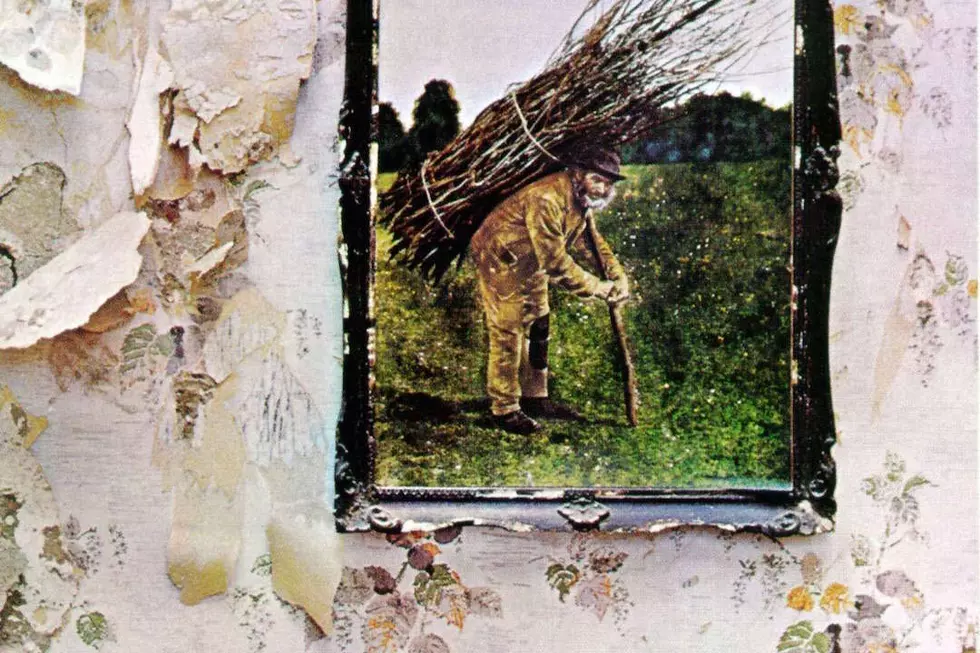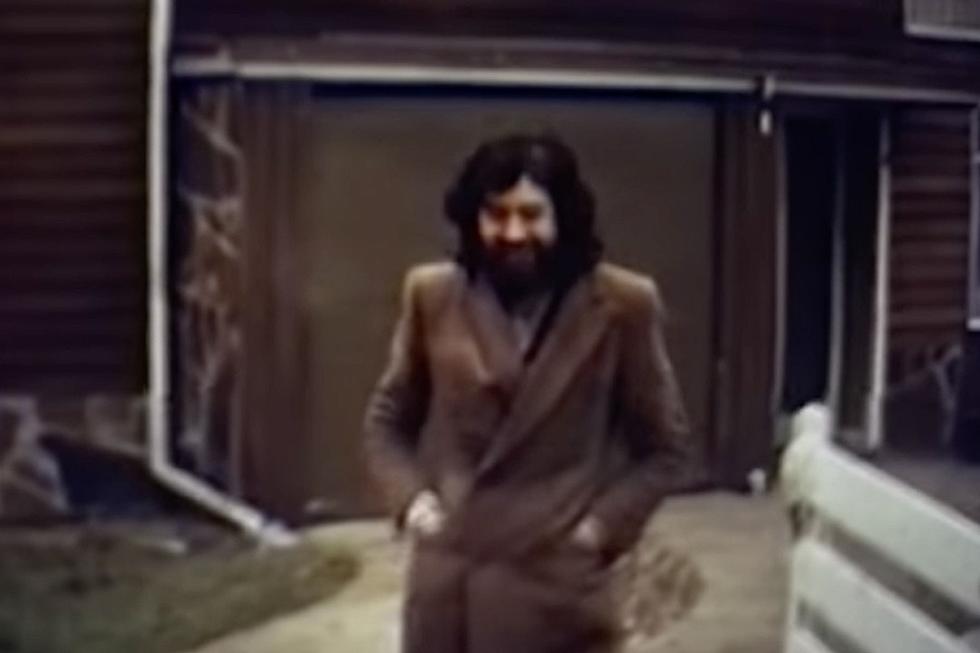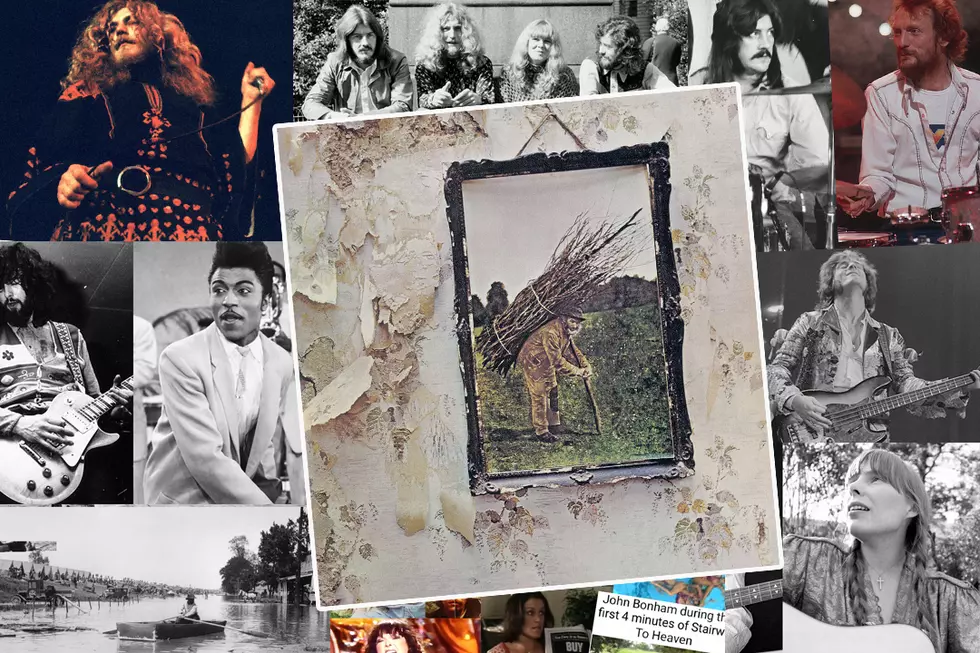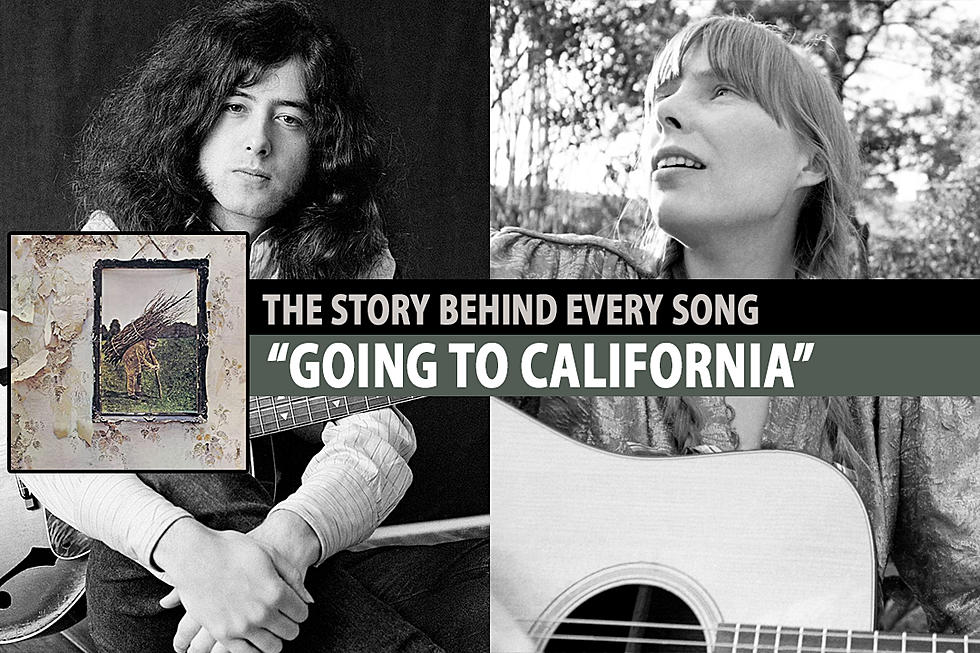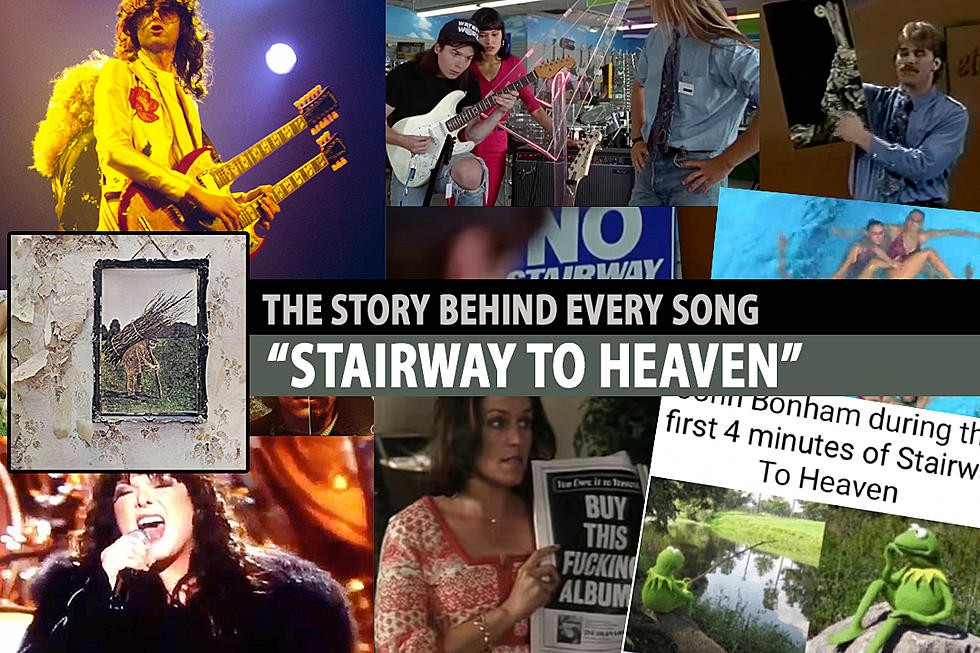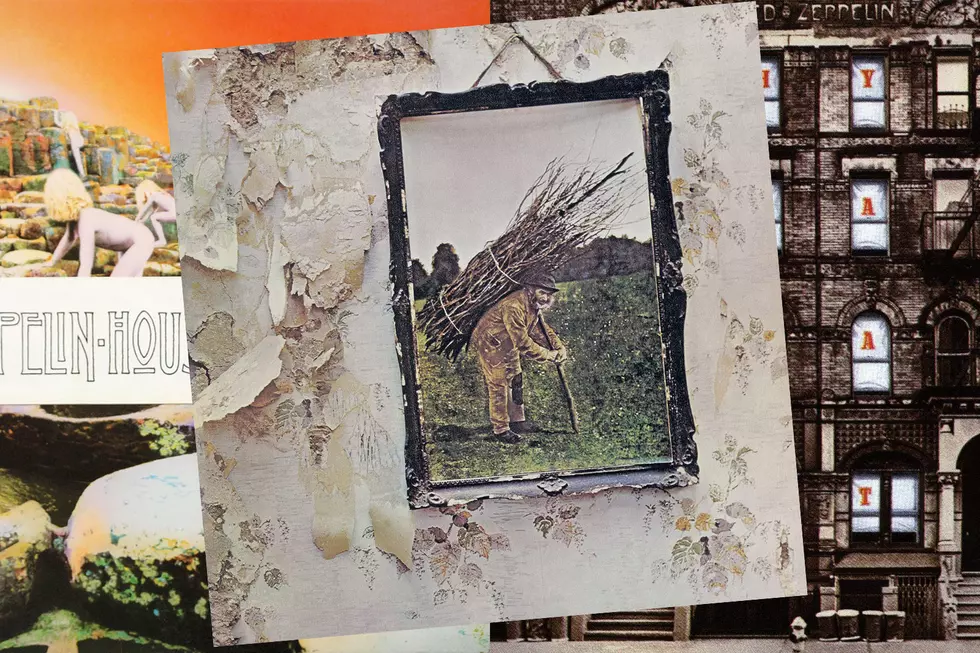
Led Zeppelin Leftovers: Four Songs That Didn’t Make It Onto ‘IV’
It's common practice for artists to record more songs than those that end up on their albums. As cuts are made, material is often consigned to the vaults, perhaps never to be heard from again. But that wasn't the case with the "leftovers" from Led Zeppelin's fourth album.
Working primarily at the Headley Grange estate in Hampshire, England - where they had also recorded much of Led Zeppelin III - the band was productive and prolific. And the rural, laid-back (if somewhat moldy and dilapidated) setting was conducive to that productivity.
"We were all living in the same house," Jimmy Page recalled, "and eating, sleeping and making the music and recording the music - there might even be some eating in the music, too. We had this sort of work ethic where we were all together, and the possibilities were limitless, really."
In his memoir, longtime Zeppelin tour manager manager Richard Cole noted that "the house had a comfortable feel to it, one that allowed the band to relax and let their creative energy flow." The result was one of the most beloved albums in rock history, but the album's eight tracks weren't everything Led Zeppelin worked on during the early days of 1971. Outtakes from the sessions never strayed far from the band's collective memories and eventually found homes on future releases. We take a look at Led Zeppelin Leftovers: Four Songs That Didn't Make It Onto IV below.
"No Quarter"
An early version of "No Quarter," the dirge-like epic that surfaced on the band's next album, Houses of the Holy, was tested for the fourth LP. It's unclear exactly how far Led Zep got with the song at the time, but bootleg recordings show the Headley Grange version was brighter and faster, almost with a samba cadence, but with no lyrics as Robert Plant vamped a melody along to the instrumental arrangement. Rolling Stone would slam the released rendition (and Houses' "The Rain Song") as "drawn-out vehicles for the further display of [John Paul] Jones' unknowledgeable use of mellotron and synthesizer."
"Down by the Seaside"
"Down by the Seaside" is the first of three fourth-album remainders that would ultimately surface on 1975's Physical Graffiti after Led Zeppelin decided to make their debut for their own Swan Song Records label a double album. Written in Bron-Yr-Aur, Wales, the song was taken to Headley Grange as an acoustic track that would not have sounded out of place on Led Zeppelin III, with an acknowledged Neil Young influence right down to nasal-sounding vocals by Plant, who also played guitar. The group filled out the song for Physical Graffiti, adding drums and piano as well as electric guitar. Plant once recalled that "everybody laughed when I suggested to include 'Down by the Seaside' on the later album.” Interestingly, Led Zeppelin never performed this or the other two fourth-album holdovers that appeared on Physical Graffiti in concert.
"Night Flight"
"Night Flight" gets Physical Graffiti's fourth side off to a rocking, Americana-flavored start, with Jones - who received chief songwriting credit for the track - playing organ as well as bass, and Page plugging his guitar through a Leslie organ speaker. There are bootleg recordings of the group trying out the song during a 1975 soundcheck, and an unreleased version featuring more backing vocals is said to still be in Led Zeppelin's vaults.
"Boogie With Stu"
When Rolling Stones tour manager and pianist Ian Stewart came to check on how things were going at Headley Grange, where Led Zeppelin were using the Stones' mobile recording studio, he sat in to do a little pounding on "Rock and Roll" and just a wee bit more. Originally given the working titled "Sloppy Drunk," "Boogie With Stu" would become a spirited, ad hoc jam, with lyrics based on the Ritchie Valens hit "Ooh My Head." (The late Valens was acknowledged with a cowriting credit for his mother on the track, though the Valens estate sued the Led Zeppelin in 1979 over royalties.) Jimmy Page, who played mandolin on the track, overdubbed a guitar solo for the Physical Graffiti version. An unused 1971 mix from Sunset Sound Studios in Los Angeles is included as a bonus track on the 2015 deluxe edition of Physical Graffiti.
Led Zeppelin Albums Ranked
More From Sasquatch 92.1 FM
